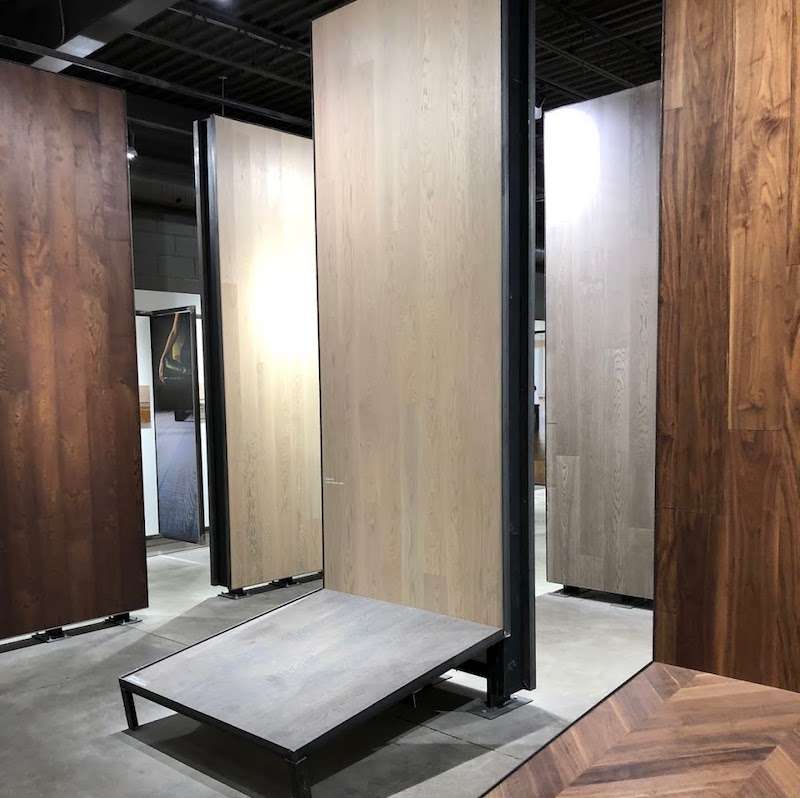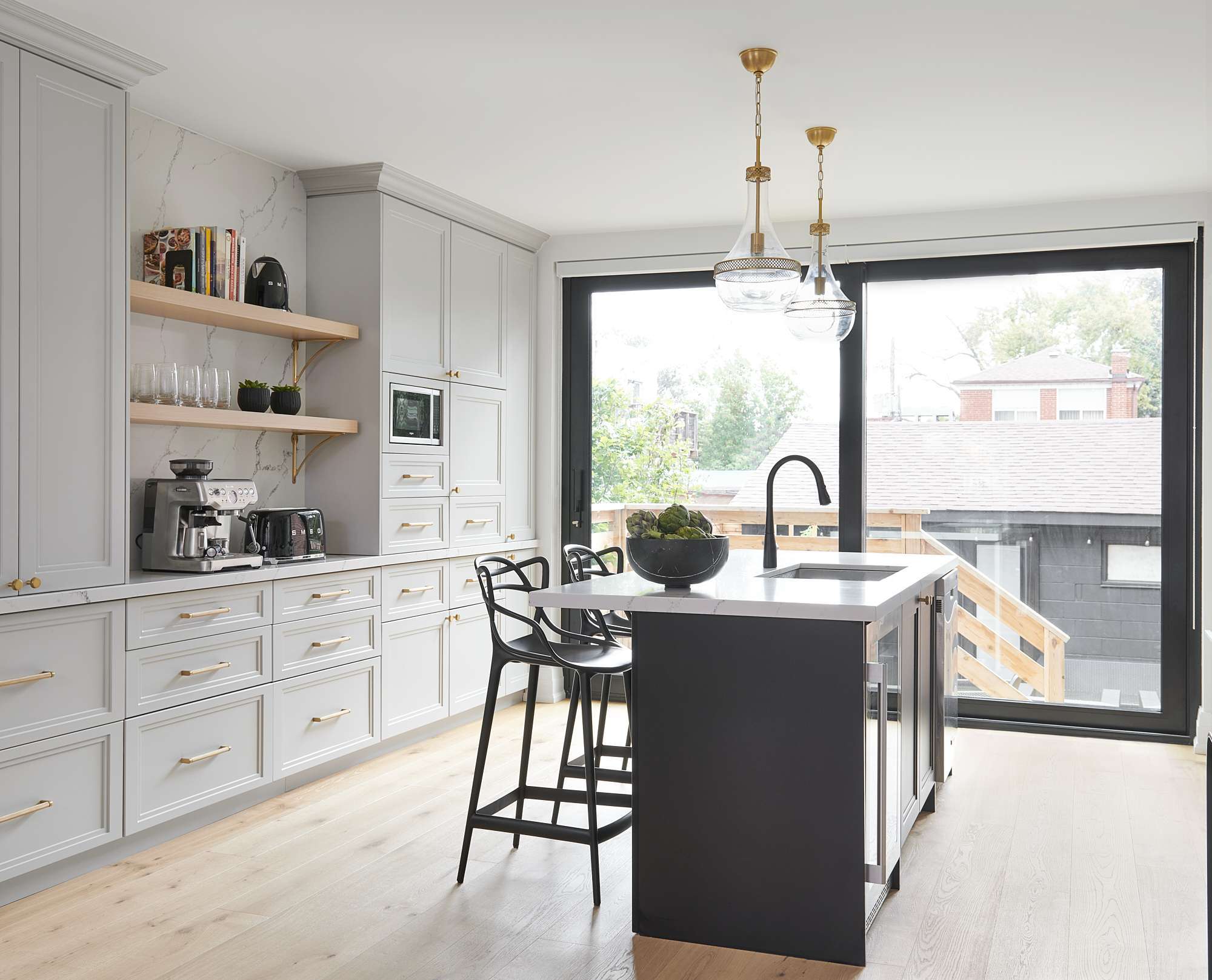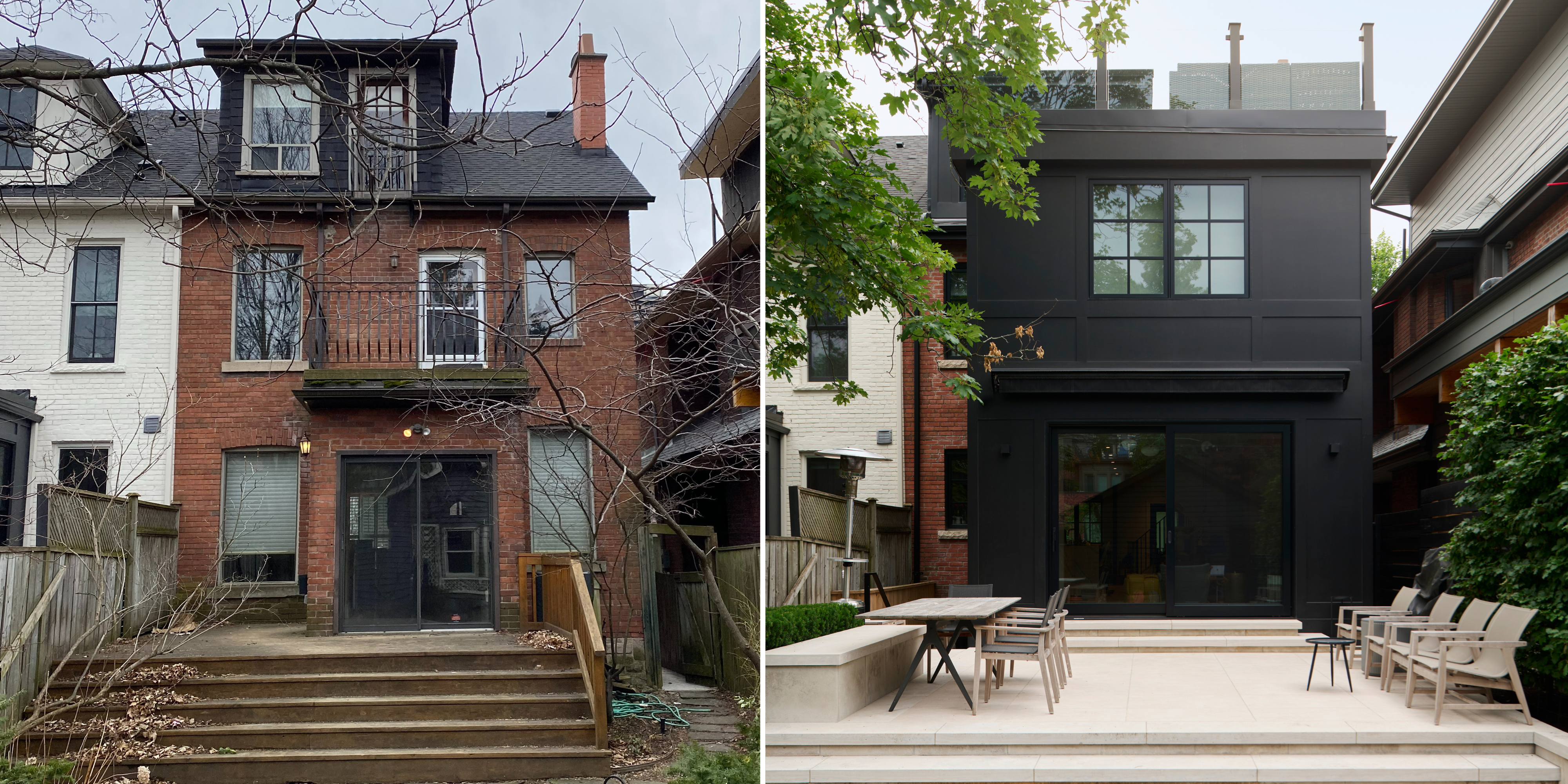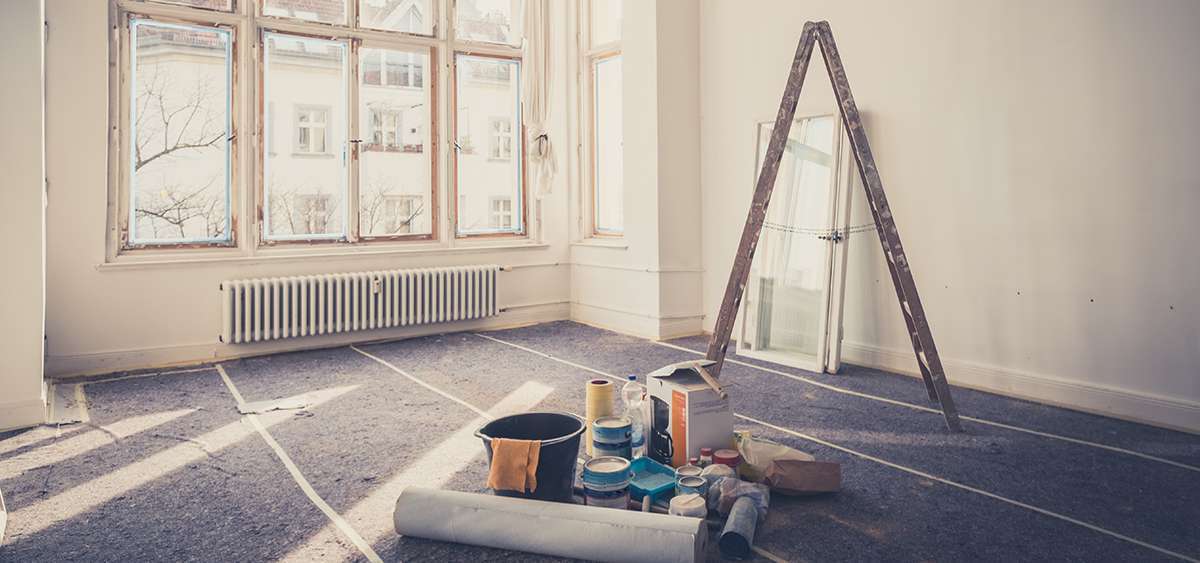Tips & Tricks of the Trade – Stone Tile International – Part 2

Meet Frank Durso! Frank is a wood flooring specialist at Stone Tile International. If you’ve been following along, this is part two of a two-part series. In this episode, Frank covers some of the benefits of hardwood flooring, the differences between engineered versus traditional hardwood flooring, as well as current trends.
Q 1: Can hardwood flooring be repaired?
In our chat with Frank we covered a lot of little-known facts about flooring but one point in particular stood out to us – pre-finished hardwood flooring planks can (with the right tools and skilled professional, of course) be removed and replaced, when damaged. This process is incredibly seamless and a comfort to those who are considering wood flooring but are also afraid of potential wear and tear.
Q2: What is trending for hardwood flooring?
At Stone Tile, a hardwood called ‘Cafe Latte’ is there number one selling colour, closely followed by a slightly warmer-tone called, ‘Cafe Caramel.’ In general, Frank says that the majority of the flooring they sell is in light and neutral tones. These colours seem to work best with current designs and allow for flexibility with paint and furniture selections. In addition to this, they tend to stand the test of time style-wise.
Q3: What is the difference between engineered versus traditional hardwood?
As wood is a natural material, it has a tendency to fluctuate a lot with the climate. As the levels of humidity change throughout the year, traditional hardwood floors will expand and contract drastically, which can cause cracks, spaces and warping. Engineered wood on the other hand is produced with that in mind and consists of multiple layers of wood sandwiched together in different directions. What these alternating layers of hardwood do, is create strength and a resistance to movement with humidity. This strength also allows for the production of much wider planks and longer lengths. In addition to being a more stable material, engineered hardwood is also more sustainable. Certain species of trees take a longer time to grow but with engineered wood, the different layers of wood can come from a variety of species, making it friendlier to the environment.




